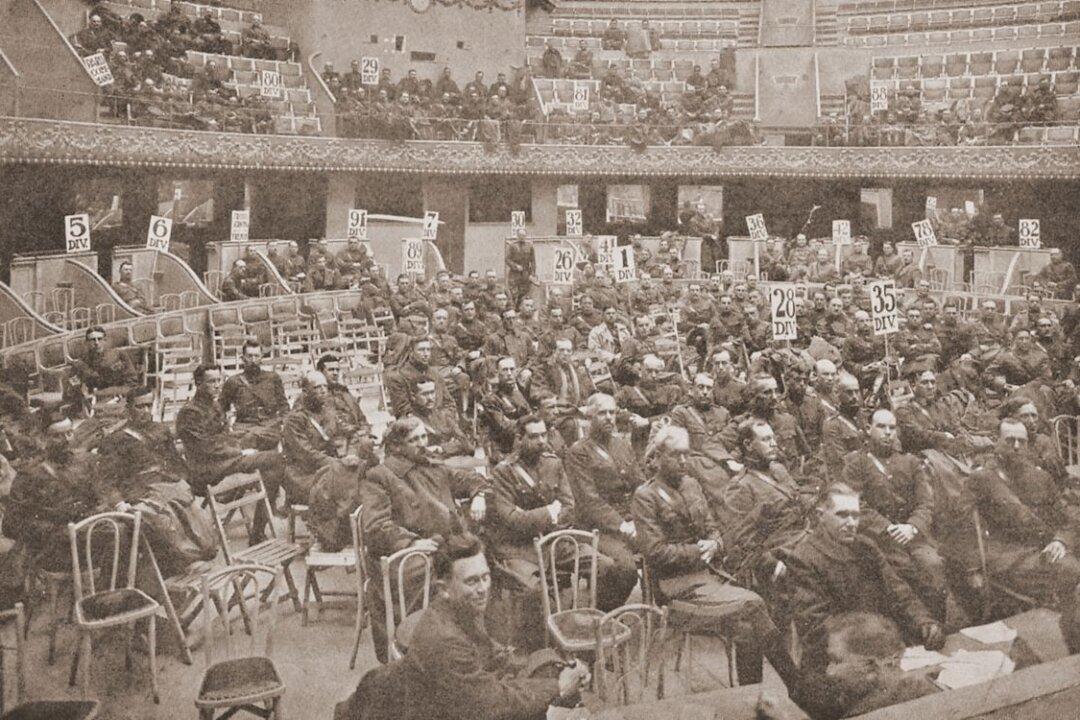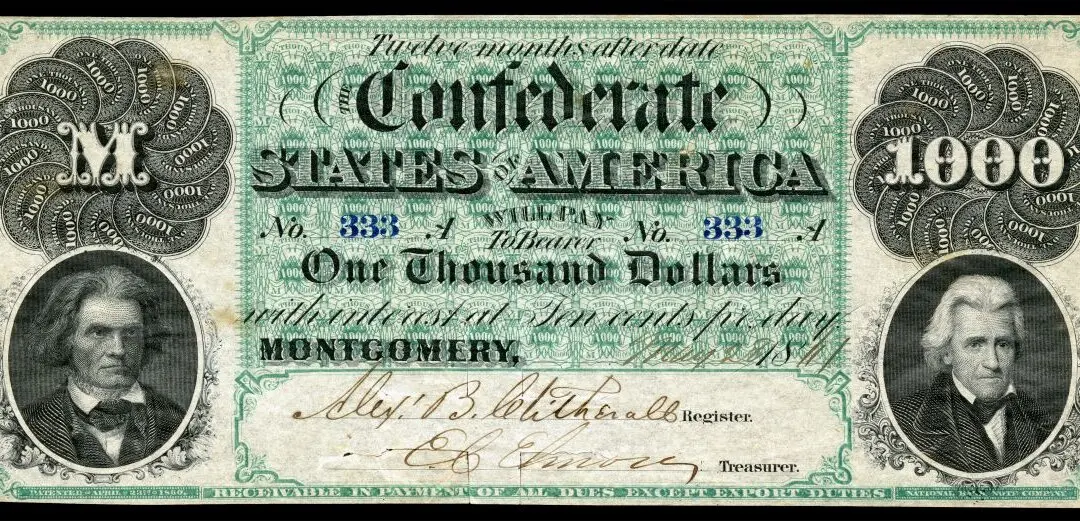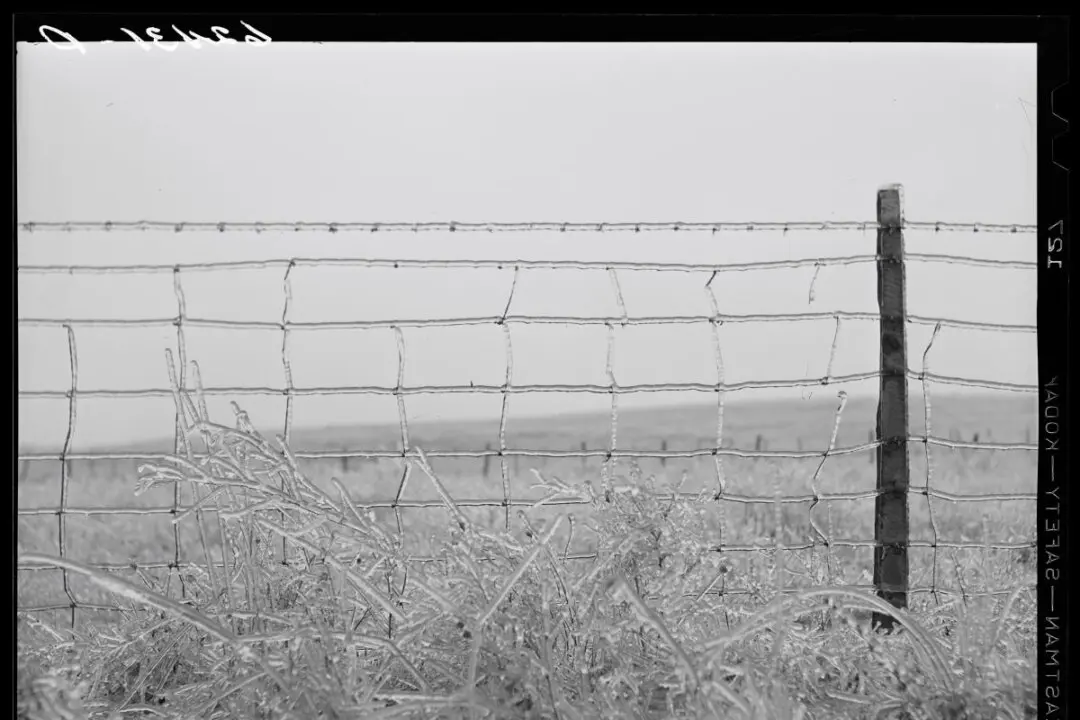The guns in Europe went silent on the 11th hour of the 11th day of the 11th month of 1918. Located in the Rethondes Clearing in the Compiègne Forest sat a train car of the Compagnie Internationale des Wagons-Lits. Inside delegates of the Allies, led by France’s Marshal Ferdinand Foch, and the Central Powers, led by Germany’s Matthias Erzberger, met. The world war, which had lasted just over four years, had finally come to an end with the armistice signing.
The following day, Gen. John J. Pershing, commander of the American Expeditionary Forces (AEF), issued General Orders No. 203. The immediate information, that “the enemy has capitulated,” was hardly revelatory. Over the previous days, it was known that an armistice would soon be signed. Of course, this did not stop the Allies from fighting until the final minutes before 11 a.m. Paris time. Pershing thanked his officers and soldiers, but added that, although the war had been won, to not relax “in discipline, in conduct, in appearance, in everything that marks the soldier.”






